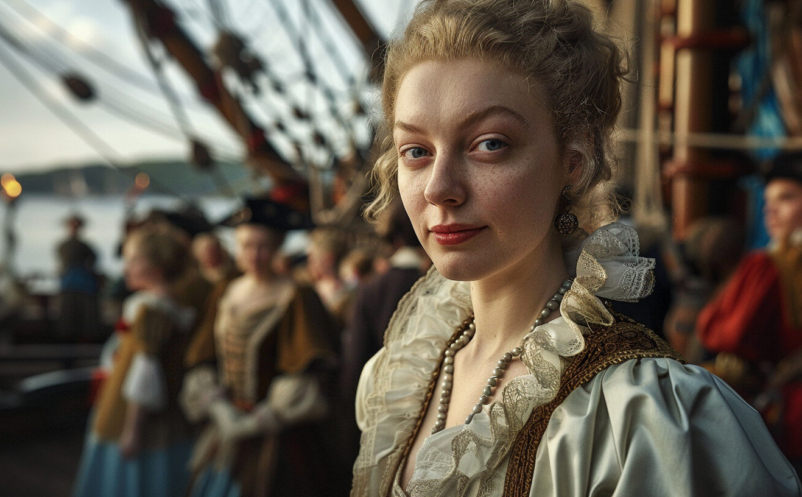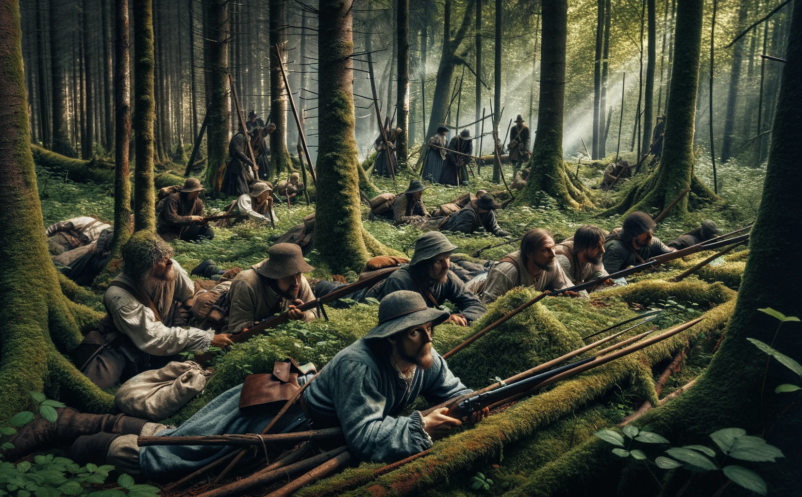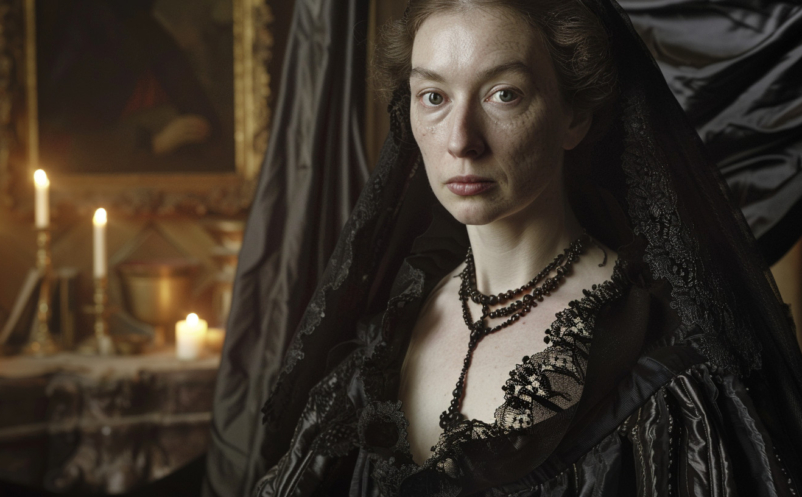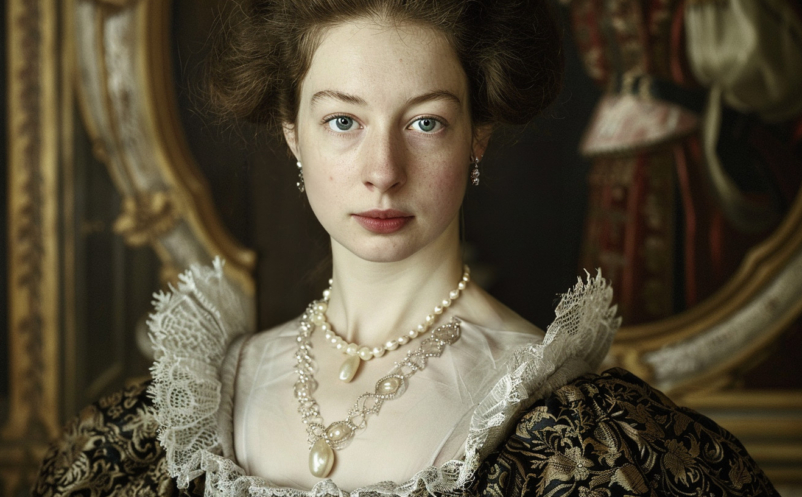We have follwed the headstrong princess Cecilia Vasa from her rebellious adolescence to her adventures in England, which she left in haste in 1566, hunted by creditors. In the 1560s religious tension was runnig high…


We have follwed the headstrong princess Cecilia Vasa from her rebellious adolescence to her adventures in England, which she left in haste in 1566, hunted by creditors. In the 1560s religious tension was runnig high…

In the last post we got to know the young Cecilia Vasa, daughter of Swedish king Gustav I. We left her right before the event that would forever give her the reputation of a renaissance…

Meet Cecilia Vasa: Sweden’s most scandalous princess, and the last of the women in the Forgotten Royal Women theme. Born into the newly founded Vasa dynasty in 1540, Cecilia became known for her beauty, intellect,…

Up until early spring 1543, everything had seemingly gone Nils Dacke’s way. Since midsummer the previous year, he had led the largest and most successful peasant revolt ever in Swedish history, known as the Dacke…

After the introduction of Nils Dacke and the beginnings of the revolt, let’s turn to the rebellion that bears his name. The king, Gustav Vasa, was not particularly worried about the news of a revolt…

The picture above is a reconstruction of Nils Dacke, a suggestion of what he might have actually looked like. It is based on what is said to be an contemporary image of him, painted originally…

Although peasants indeed had been a driving force – and the most important military force in Engelbrekt’s rebellion – noblemen had been involved and with time taken over the movement. The first true peasants’ revolt…

In the last post about Maria Eleonora of Brandenburg, we learned that her daughter, Kristina, was taken from her by her enemies in the Privy Council, who ruled Sweden while Kristina was a minor. For…

This is the second post about Maria Eleonora of Brandenburg; read the first part here. The Thirty Years War, which had broken out in Europe in 1618, was a religious war that arose from the…

Just like her mother-in-law, Maria Eleonora of Brandenburg have been vilified throughout history. But the criticism of Maria Eleonora has been the opposite of that of Kristina – she was too extravagant, too emotional and…